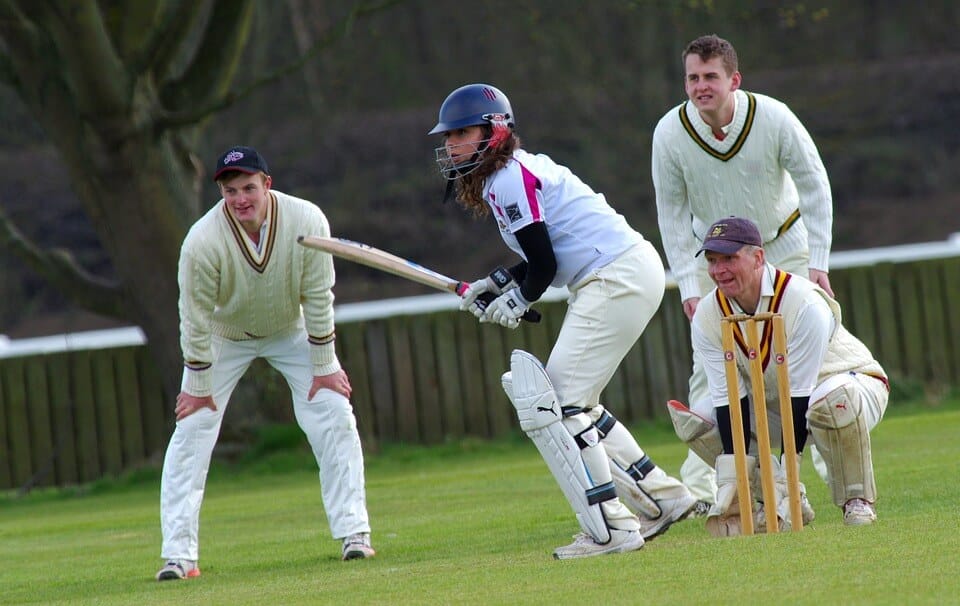5 Best Ways Hockey Players Can Train In The Off-Season
Spring marks the last few weeks of the hockey season, but for many, hockey will remain on the brain all through the warmer months. Hockey players of all ages will no doubt be looking forward to the fall when they can tie up a pair of skates and rejoin their teammates on the ice once again. If you’re looking for a way to get better and prepare for next season during this hockey hiatus, we have just the advice for you. Here are five steps you can take to get fitter and healthier this spring and summer so you’re ready to play at 100 per cent when you hit the ice in a few months time.
Play Sports That Focus On Areas That Need Improvement
Playing other sports and participating in other forms of play during the off-season is especially important for youth and young adults. Playing one sport all year long can lead to both mental and physical burnout for young athletes. It’s wise to let your skates take up residence in the closet for a bit while you take up another athletic pursuit. That’s not to say that you can’t improve skills that are key to your success on the ice. For example, if hand-eye coordination is one area you would like to be better at, baseball can help. Or, golf can aid in improving balance and playing basketball can develop stronger lateral movement. The most important part is to stay active and have fun!
Get More Vitamin D In Your Diet
Most people don’t get enough of the crucial vitamin D in the winter, but hockey players are especially prone to losing out on this important part of a healthy lifestyle. Spending hours upon hours in arenas can make for a sharp decrease in vitamin D, which helps the body absorb calcium and promotes bone growth. Having strong, healthy bones is fairly important thing to have when you’re balancing on skates, blocking shots and crashing into the boards. Replenishing vitamin D is an easy and fun way to embrace spring and summer and get healthier in the off-season. Spend time outdoors to get vitamin D from sunlight, consult your doctor about vitamin D supplements and eat foods like fatty fish (salmon and tuna), citrus fruits and eggs.
Take Up Yoga, Tai Chi And Other Balance-enhancing Activities
Most hockey players have one side of their body that they use more heavily than the other throughout a season. Correcting this imbalance can help improve posture, make the body less susceptible to injury, make you stronger and give you more stability both on and off skates. Activities like yoga or tai chi help hockey players reset their bodies and activate muscles that weren’t used as much during the season. It also allows hockey players to focus on proper breathing techniques and provides an opportunity to stay physically active while increasing flexibility and minimizing stress on already-taxed joints, tendons and muscles.
Get Into A Consistent, High-quality Sleep Schedule
A decent sleep schedule is hard to come by during hockey season when the calendar is usually dominated by 5 am practices, late-night games and long tournaments. However, sleep is one of the most important parts to staying healthy, maintaining your fitness and reducing wear and tear on your body. Sleep is just one part of the rest and recuperation that is necessary after a long, grinding hockey season that takes a toll on anyone’s body, no matter the age or competitive level. During the off-season, it’s important to establish a sleep schedule that not only nets you more shut-eye, but better quality shut-eye. Shut off electronics at least an hour before you hit the hay, get into a relaxing pre-bedtime routine and try to avoid sleeping in too often.
Make A Plan For Next Season
This next tip is one of the most crucial. As the old saying goes, if you fail to prepare, you prepare to fail. While you may not be working on skating drills or a more accurate shot, you can work on devising long and short-term plans to get better and help your team when the season rolls around again. Plan your off-season, including what physical activities and workout regimens to follow as well as a strategy for a proper diet and rest. It’s also important to make goals for the coming season and chart a path to achieving these goals, including visualizing success, rehabbing old injuries, talking to teammates and coaches and focusing on skills you need to develop that may be lacking.






